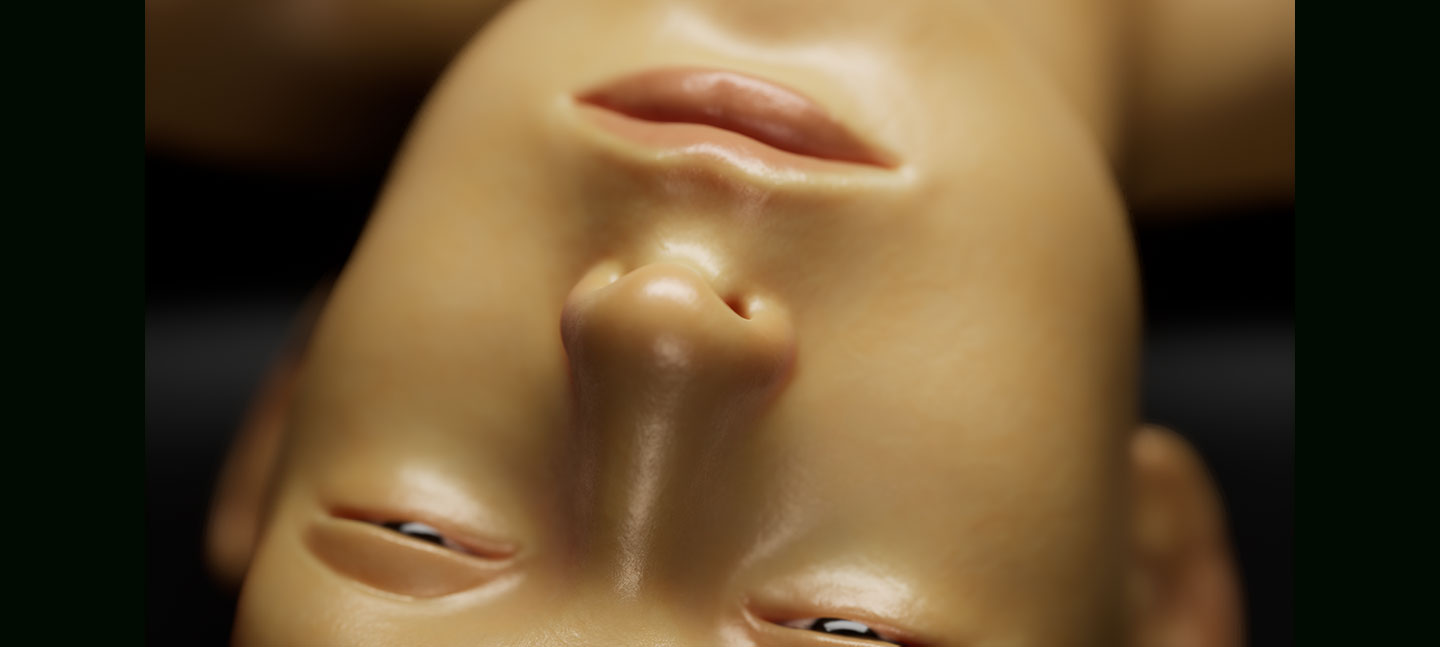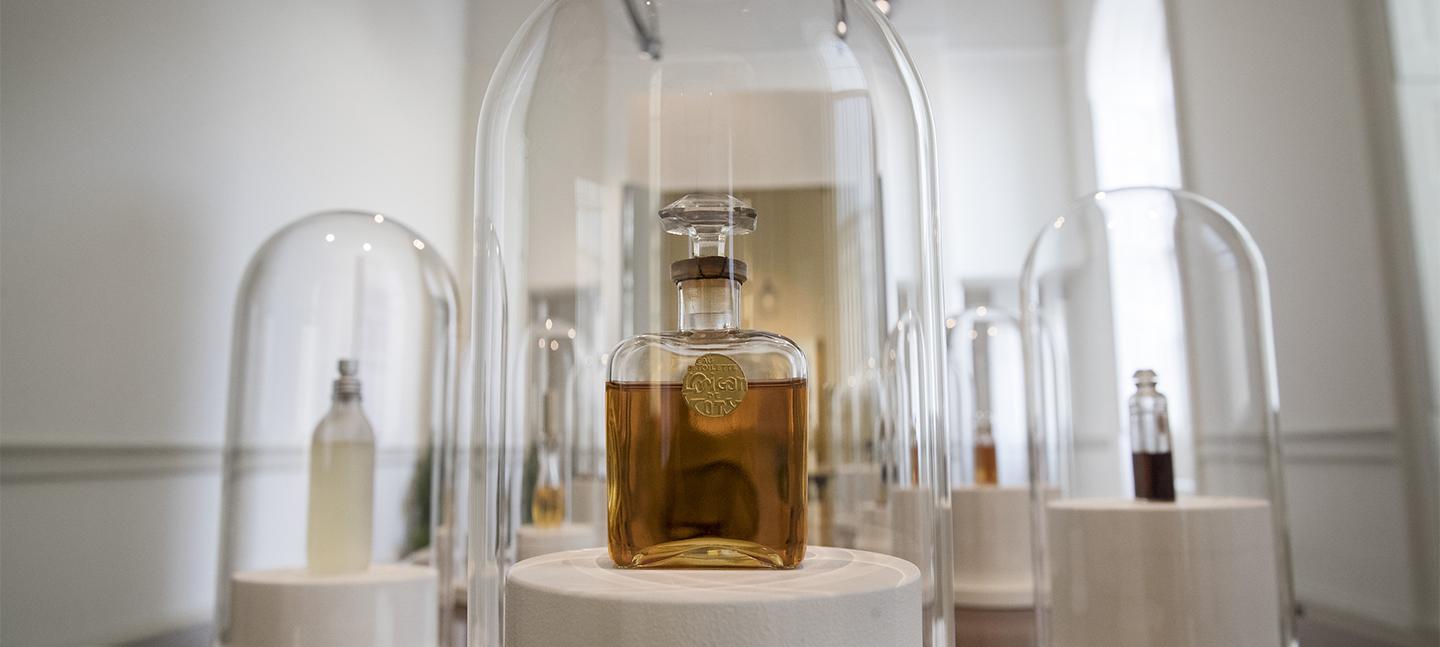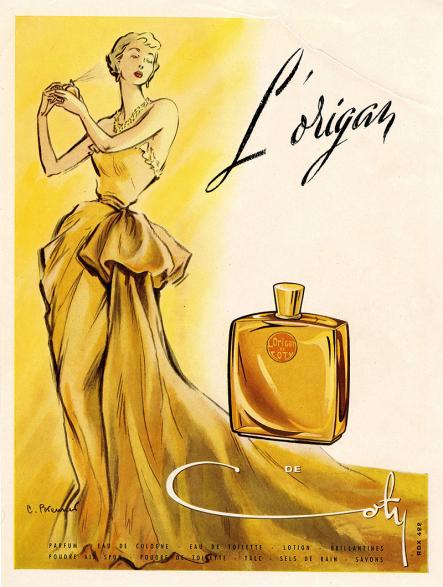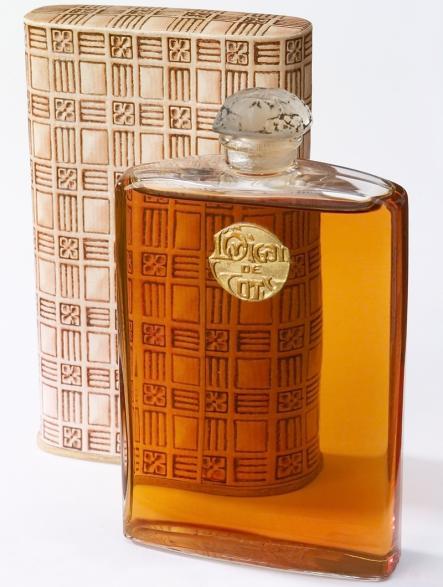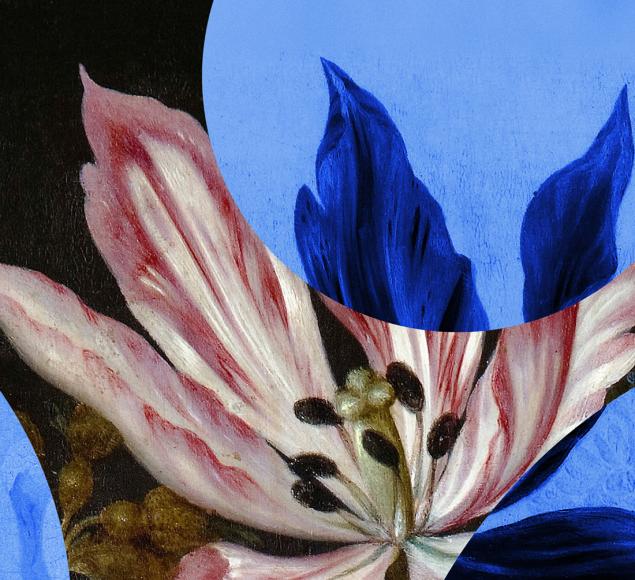Perfume is changing. Today a new generation of perfumers are using new synthetic ingredients to challenge the way we think about scent.
Synthetic ingredients transformed the perfume industry. Paul Parquet of Houbigant was the first to deploy them in 1884, closely followed by Aime Guerlain’s perfume Jicky in 1889. But it was not until the turn of the century, when a young entrepreneur, Francois Coty, saw the potential in these new materials to bring perfume to a mass market that the modern perfume industry as we know it today was born. This rapidly expanding menu of synthetic aroma chemicals allowed Coty and other brand founders to create completely new styles that stood out from the soliflores and other timid women’s scents of the day.
His iconic fragrance L’Origan de Coty was first released to the market in 1905 and was pioneering in its use of synthetic ingredients in conjunction with natural materials. Coty partnered with chemists Chuit & Naef to incorporate the latest new scent molecules. Notes including carnation, orange flower and violet contributed to a powdery, cosseting style quintessential to the Belle Epoque era.



